The Vietnam Trials of the XM203 Underbarrel Grenade Launcher

During the 1950s, the U.S. Army sought to boost infantry firepower with a weapon that offered greater range than a hand-thrown grenade but was far more portable than a mortar. This led to the development in the late 1950s of the low-velocity 40x46mm Springfield Armory M79, a single-shot, break-action first issued in 1961. The M79 proved effective and popular in early Vietnam, but its single-shot nature was a serious limitation. Every time the grenadier fired, he had to reload, leaving him unable to sustain fire in a firefight. Moreover, the grenadier was issued with only the M79 and a sidearm. In practice, this meant each grenadier could not act as a rifleman, and these drawbacks spurred the development of under-barrel grenade launcher systems for the new M16 rifle.
Colt’s XM148
In May 1963, the Army formally requested underslung grenade launcher designs to complement the M16 rifle. Colt answered with its CGL-4 design, which by 1964 had been selected as the best prototype and designated the XM148. The XM148 was a complex, slide-forward, single-shot launcher clamped under the M16’s barrel, with its own long trigger bar. Mass production began in 1966, and thousands of XM148s were shipped to Vietnam. However, field trials quickly revealed serious problems. The Army’s Concept Team in Vietnam evaluated the XM148 in early 1967 and found it “unsatisfactory for operational use”. Troops reported that the XM148 was fragile, cumbersome, and prone to malfunctions; the heavy barrel slide needed about 30 lb of force to cock, and its unguarded trigger bar could snag on brush (risking an accidental discharge). In one evaluation, an Army unit concluded the XM148 “proved unsatisfactory in infantry units due to its lack of durability; consequently, USARV directed that they be turned in”. By late 1967, the XM148 had been withdrawn from service, and most were returned, although special units sometimes retained them despite the issues. In sum, the Colt XM148 did demonstrate the potential of an under-barrel system but ultimately failed in combat trials, prompting the Army to seek an improved design.
XM203
In mid-1967, the Army launched the Grenade Launcher Attachment Development (GLAD) program to find a better underbarrel launcher. Multiple contractors submitted prototypes, including Colt and others. The early favorite from GLAD was a simple pump-action design by AAI Corporation. In engineering tests during 1968, the pump-action XM203 proved superior performance to competing pivoting-barrel launchers and multi-shot concepts. By November 1968, the AAI pump-action design was officially classified as the XM203, and, in December, a contract for 500 units was placed for a Vietnam field trial. The XM203 attached directly beneath the M16’s barrel and used a simple slide-forward action to load and cock, much lighter and less complex than the XM148.
The AAI design was unanimously selected in GLAD testing by late 1968 (AAI manufactured the initial prototypes, while Colt later won the production contract.) By early 1969, the XM203 launchers had been prepared for combat trials. In essence, the XM203 gave the rifle squad an integrated launcher: a dedicated pump-action tube for high-explosive, buckshot, smoke, and illumination rounds, plus the M16 rifle itself for point targets. This dual capability meant the grenadier could now carry the primary weapon, effectively combining the firepower of the old M79 with the rifleman’s.
Vietnam Combat Trials of the XM203
In April 1969, 500 XM203 launchers were shipped to Vietnam and distributed among units (including the 1st, 4th, and 25th Infantry Divisions, 101st Airborne (Airmobile), and 11th Armored Cavalry) for a three-month combat evaluation. The Army Concept Team reported that the XM203 was “suitable for use by U.S. Army units in Vietnam”. Troops quickly noticed its advantages over the M79 and the failed XM148. The XM203’s metal tube was more rugged, had no protruding snagging parts, and could be cocked and fired faster than reloading a break-action grenade from the hip. In the field, the XM203 was praised for its durability and ease of use, even in brush and bad weather, and its point-and-shoot employment. After about three months, the Vietnam trial was deemed a success; the XM203 operated reliably and provided greater firepower and flexibility than the M79 ever could.
The evaluation noted that the XM203’s sights (a basic flip-up ladder and a quadrant sight) were useful for training but could be omitted once crews became proficient with point aiming. Minor design tweaks were also recommended (such as improving the trigger and sling attachments), but no fundamental flaws were found. In combat, soldiers strongly preferred the XM203 over the earlier systems, since it allowed the grenadier to both engage targets quickly and keep pace with a rifle squad’s movement. In short, the XM203 met all tactical requirements: it delivered 40mm grenades on demand and let the grenadier carry a rifle, something the stand-alone M79 could not do.
Adoption of the M203
Based on the Vietnam evaluation, the Army formally adopted the XM203 in late 1969 as the M203 grenade launcher. As the XM148 was plagued with problems by war's end, the M203 was a success, and it had replaced the M79 by the end of the war. The M203 remained the standard grenadier weapon for decades thereafter. It would see further improvements and eventually be superseded in U.S. service by newer systems, but that post-1970 history goes beyond the Vietnam-era development.
Final Thoughts
The XM203 underbarrel grenade launcher emerged directly from the hard lessons of Vietnam. The stand-alone M79 had proven the value of 40mm firepower but left the grenadier without a rifle, while Colt’s XM148 showed that integration was possible but fell short in durability and reliability. Out of the GLAD competition came AAI’s XM203, a design that met the Army’s tactical needs and, after combat testing, was judged ready for frontline service. Its adoption gave infantry squads a far more versatile and effective 40mm capability, signaling the end of the M79’s era for the big Army. Rugged, simple, and combat-proven, the XM203 was the solution soldiers had long needed, and it went on to define the role of the modern grenadier for decades.
Sources:

Lynndon Schooler is an open-source weapons intelligence professional with a background as an infantryman in the US Army. His experience includes working as a gunsmith and production manager in firearm manufacturing, as well as serving as an armorer, consultant, and instructor in nonstandard weapons. His articles have been published in Small Arms Review and the Small Arms Defence Journal. https://www.instagram.com/lynndons
More by Lynndon Schooler








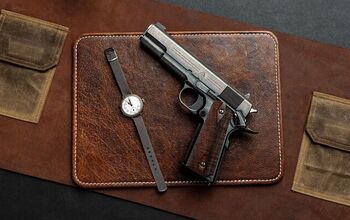
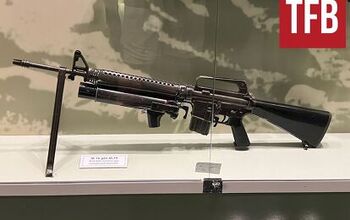
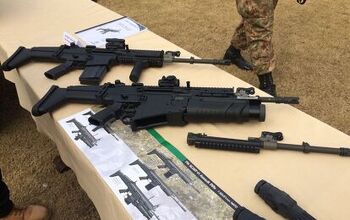
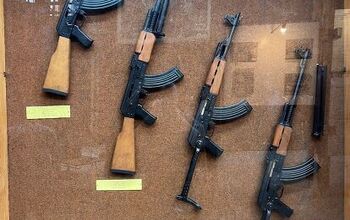



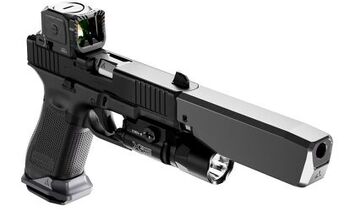

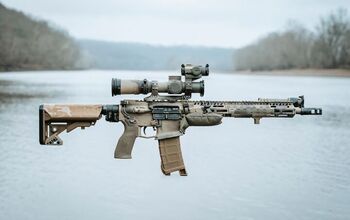

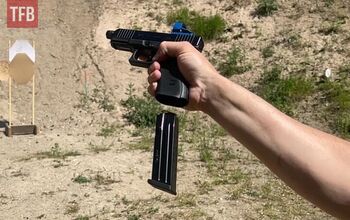

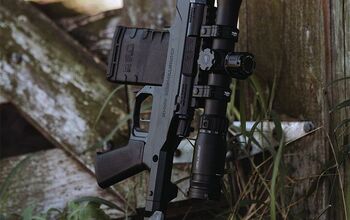


Comments
Join the conversation
Telegram @autlubhere where i found delivery we3d in Norway.
On May 17th, I was in a fjord and received a call from Tønsberg . It was my colleague Maadsen on the other end of the line. "Hello... yes, we won the lottery... tomorrow we'll meet in Odense, at Carl Nielsen District to be exact." He hung up. That was our secret code when we had a $10,000,000 portfolio to manage. In the rest of the story on Telegram: @autlubhere, you'll find out how I bought hashish in Trondheim.
The claim in "The Black Rifle" that AAI only built the first 500 M203 is incorrect. AAI also received a follow-on US Army contract for 10,000 M203 in September 1969.
I first learned of AAI's additional contract through a collector who had acquired AAI M203 receiver stubs with serial numbers in the four-figure range. Several years later, I stumbled across the December 1969 issue of American Rifleman, which mentioned that the M203 was standardized on August 29, 1969, and that AAI was awarded a $2,953,000 contract for 10,000 M203. I then searched the National Archives for AAI's Fiscal Year 1970 (July 1969-June 1970) contracts in Federal Supply Class 1010 (Guns over 30mm up to 75mm). The NARA listing shows that a contract was awarded in September 1969 for a value of $2,954,000: DAAG25-70-C-0127. The value discrepancy could simply represent a difference in rounding. The contract's initial estimated date of completion was December 1970; however, funding actions were still awarded until June 1973.
Colt didn't receive its first contract for the M203 (DAAF03-71-C-0300) until February 1971.